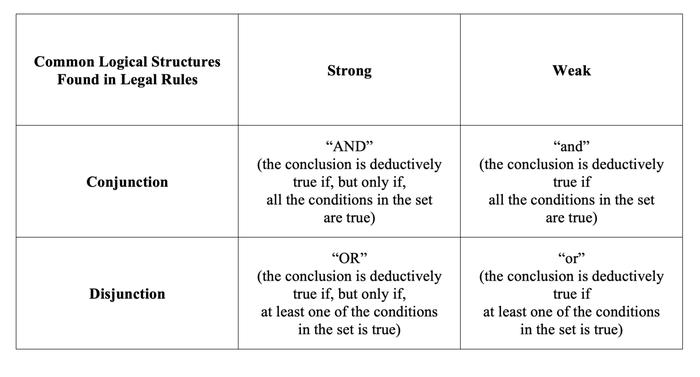There are different opinions in legal circles about what factors constitute legal norms. There are two factors, that is, the belief that legal norms are composed of two factors: "behavior patterns" and "legal consequences". The former refers to the behavior styles or standards that people should or should not do according to laws and regulations; the latter refers to the legal consequences that people should get and bear when they do behaviors that conform to or violate the laws and regulations, including legal The legal consequences of (protected or rewarded) and illegal (treated or sanctioned) legal consequences. The view of the three-factor theory is more common, that is, legal norms are composed of three factors: assumptions, processing, and sanctions (see assumptions, processing, and sanctions for details). There is a conditional relationship between the three factors, and its basic structural formula is: "If...then..., otherwise..." The three factors of legal norms usually do not appear at the same time in normative legal documents, for example, the provisions of the constitution There are only assumptions and treatments, and the criminal law provides only assumptions and sanctions. Both of these norms are imperative norms. Legal norms are logical norms composed of these two imperative norms. In other words, from a logical point of view, legal norms must be composed of three factors: assumptions, processing, and sanctions, in order to reflect the exclusive characteristics of legal norms.

